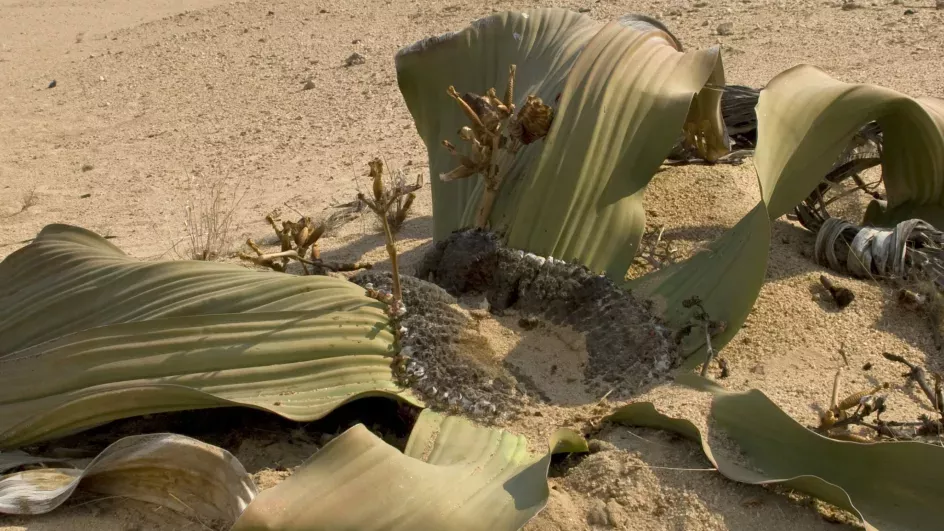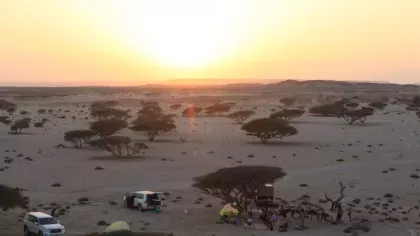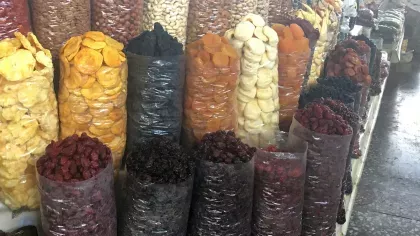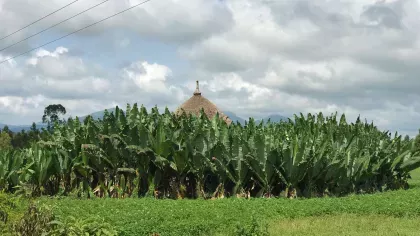30 September 2019
Plants in the Namib desert
Namibia is a fascinating country not at least from a botanical perspective.

Namibia’s land surface covers more than 820,000 km2 – that's four times the size of Great Britain. But only 2.5 million people live in Namibia – the same number as people living in Greater Manchester. Although most of Namibia is flat, there is a great altitudinal gradient in the west and south of the country.
A huge diversity of plants exists in Namibia. The most recent checklist of Namibian indigenous and naturalised plants, published in 2013, lists almost 4,500 plant taxa in Namibia, of which 4,200 are native to the country. Among these species, almost 800 are endemic, meaning they occur in Namibia and nowhere else in the world. Many of these plant species are used for medicines and agriculture.
The Namib desert is considered one of the oldest deserts in the world. Geologists assume it is at least 15 million years old. It’s a fascinating landscape with very little, erratic to no precipitation at all. Plants that grow here are adapted to harsh environmental conditions. They are able to withstand high sun radiation, the erratic rainfall and can avoid water loss. They are also able to grow with grazing animals about. Many plants have underground storage tissues, are heavily armed with long thorns, or are poisonous.
Last year I joined colleagues from the National Botanical Research Institute on two plant hunting expeditions and documented what makes Namibian plants so special.
Hoodia species are pollinated by flies which are attracted by a rotting flesh smell.
Kew’s work in Namibia
Kew has been working in Namibia for almost 20 years, collaborating with the National Botanical Research Institute (NBRI) in Windhoek on botanical research and conservation work. Every year, NBRI sends valuable seed samples to Kew’s Millennium Seed Bank for long-term conservation storage.
Acknowledgements
Music by Namib Marimbas. Production by Jonathan Drori and Miguel Santana da Silva.
With thanks to:
The Government of Namibia
Namibia Film Commission, permit 10/2018
National Botanical Research Institute of Namibia
Herta Kolberg
Discover more plants in Namibia
-
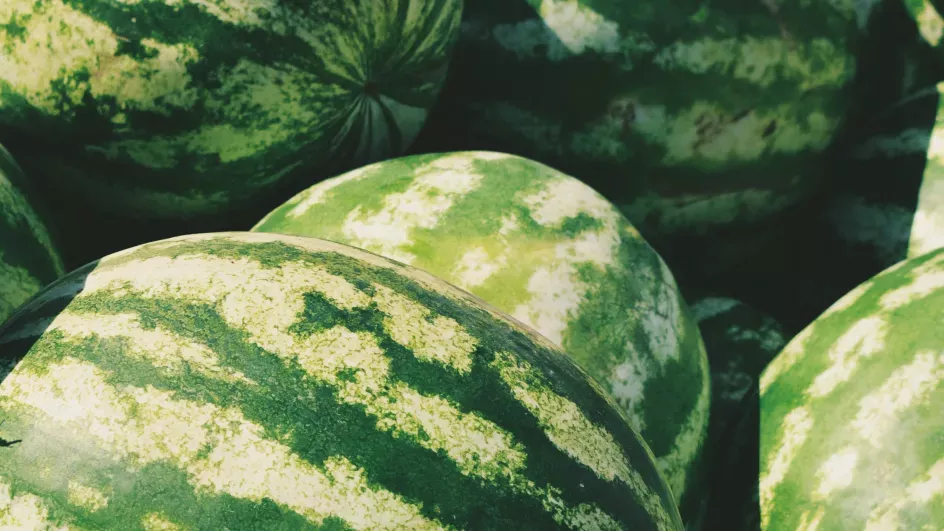
Wild melons
The Tsamma melon is an undomesticated form of the cultivated citron, or bitter melon.
-
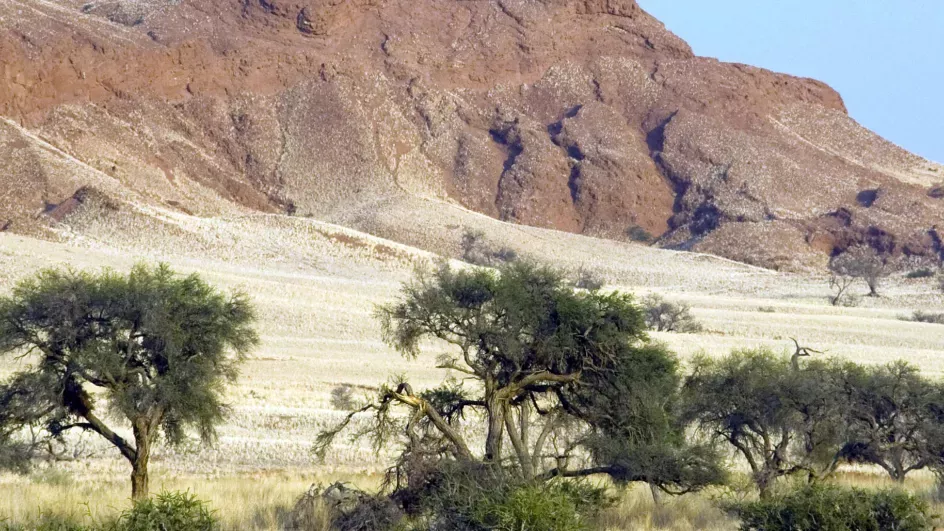
-
